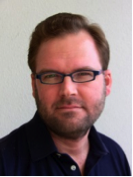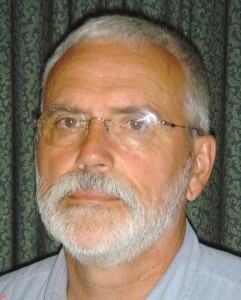The VaMoS workshop will include two keynote speakers:
- Juha Savolainen, Danfoss Power Electronics A/S, Denmark
- Bran Selic, Malina Software, Canada
Juha Savolainen: Past, present and future of product line engineering in industry – reflecting on 15 years of variability management in real projects
Product line engineering has evolved from being a practice invented by individual companies out of the urgent need to find ways to manage a set of products, into a science commonly practiced by a large number of companies. In this talk, we look back how companies used to manage variability and how that has evolved over time. We also explore the reasons why variability is needed and discuss if the needs to manage variability will change in the future. We investigate the difference of managing variability in functional and quality requirements and explain the commercial rationale behind the choices of variability management. In summary, we try to answer the following questions concerning the past, present, and future of product line engineering: What has worked and what has not? Why deploying research innovations often fail in practice? What are the characteristics of the real product lines that are often ignored by the research community? What is future direction of product line engineering in industry? That is, do we still need variability management in the future?
Juha Savolainen is software director at Danfoss Power Electronics A/S. He is leading the software R&D in DK. He is also responsible for coordinating all SW related activities globally. Savolainen has been involved in designing and evaluating software architectures and improving product line engineering in many different domains including Internet services, mobile phone platforms and applications, various telecommunications servers, base stations, engine control systems, weather stations, navigation systems, embedded power electronics, and banking systems. He is one of the most published industrial researchers in software engineering having published more than 45 peer reviewed scientific papers in highly respected venues. His research interests include embedded systems, product line engineering, software architectures, and requirements engineering. Savolainen has received a PhD in computer science from Aalto University, Finland.
Bran Selic: A Retrospective on an Industrial Product-Line Project
In this talk, we review the course of an industrial project involving a product line for a complex cyber-physical system. The project involved an industry partner and a research institute in Norway, Simula Research Laboratory. The product is a subsea oil and gas extraction facility. Each instance of the product must be adapted to fit a specific physical location, individual customer requirements, various government and industry regulations, and the like. Characteristically for this type of systems, the role of software is growing to the point where more and more functionality is being realized with it and, as any experienced software engineer would recognize and expect, where it is also becoming an increasing source of challenges and difficulties.
We examine the technological solutions developed for this project and explain the rationale behind the key design choices and how they evolved. However, the challenges involved in such projects go beyond just the technical issues and include social, cultural, and organizational aspects. One of the lessons confirmed is that these elements can have a fundamental impact on the technical aspects and that ignoring them when choosing a technical approach can be perilous.

